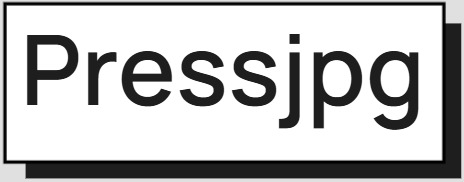Image SEO: Alt Text, File Names, and Structured Data
Published by ImageCompressor | Updated 2025
Introduction
Image SEO helps your visual content appear in Google Image Search, increases accessibility, and improves on-page relevance for your content. This article explains how to optimize your images with alt text, SEO-friendly file names, and structured data.
1. Why Image SEO Matters
- Google uses alt text and file names to understand image content
- Alt text improves screen reader accessibility
- Optimized images drive traffic from image search
- Schema markup enhances rich results in search
2. How to Write Great Alt Text
- Be descriptive but concise
- Include relevant keywords naturally
- Avoid stuffing or repeating phrases
- Don’t use “image of” or “picture of” — it’s redundant
Example: Instead of “shoes”, write “blue running shoes for men with white soles”.
3. SEO-Friendly Image File Names
- Use hyphens to separate words (e.g.,
blue-running-shoes.jpg) - Include target keywords that match the page topic
- Avoid random characters or camera-generated names
4. Use Structured Data (Schema.org)
Enhance images with Schema.org’s ImageObject. This helps Google better understand and index your visuals.
{
"@context": "https://schema.org",
"@type": "ImageObject",
"contentUrl": "https://example.com/images/product.jpg",
"description": "Blue running shoes with white sole for men",
"license": "https://example.com/license",
"author": {
"@type": "Organization",
"name": "ImageCompressor"
}
}5. Tools to Audit Image SEO
6. Common Image SEO Mistakes
- Missing or empty alt text
- Using non-descriptive filenames like
IMG_1234.jpg - Too many large images with no compression
- Not using structured data when possible
Conclusion
Image SEO is easy to overlook, but it plays a key role in how your content is indexed and discovered online. With just a few tweaks to your alt text, file names, and metadata, your images can drive more traffic, improve accessibility, and strengthen your on-page SEO.
